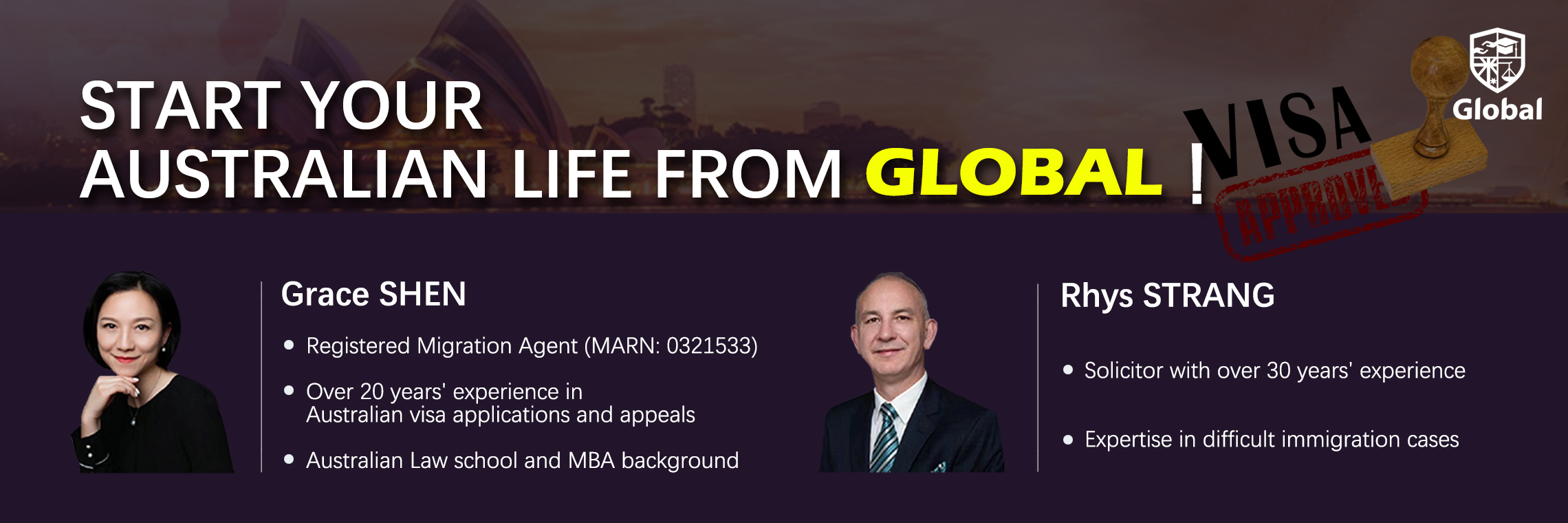Working Holiday Visa


The Working And Holiday Visa, or WHV for short, is a one-year visa introduced in Australia in 1975 to attract young labour and talent.
At one time, the WHV was only available to the UK, Ireland and Canada. Nowadays, it has been open to many countries and regions, covering almost all countries in the Chinese-speaking region.
Backpackers have also been a major force in revitalising Australia’s economy in the wake of the epidemic. Backpackers working in Australia’s “Key Sectors” have become a hot commodity for employers.
Key sectors include agriculture, food processing, aged and disability care, medical care and childcare.
The WHV is divided into two visa categories:
Subclass 462
Subclass 417
Subclass | Countries | Requirements | Quotas | Validity |
|---|---|---|---|---|
417 | Hong Kong Special Administrative Region (including British National Overseas Passport holders), Taiwan | No language or academic requirements | unlimited number of places | Applicants can apply for a second or even a third work visa after the expiry of the first 417 visa if they fulfil the conditions, so they can stay in Australia for up to three years. |
462 | China, Malaysia, Singapore | IELTS average of 4.5; a tertiary qualification or have completed at least two years of university study | 5,000 open to China each year | Applicants may only be allowed to stay for a maximum of one year |
WHV - Australia's lowest threshold work visa
Visa holders can experience local work and life as well as legally study in Australia.
Tt is also because of the long-term contribution of WHVer to various local industries in Australia. In recent years, the approval rate for WHV 1, 2 and even the newly introduced 3 visas has been on the rise.
Many WHV holders, especially those whose visas are about to expire, have been returning to Australia.
When your WHV visa expires, there are at least three paths to renew your visa or even migrate.
According to the survey, more than 60% of WHVers have a strong intention to stay in Australia for a long time. However, migration cannot be achieved simply by renewing the WHV visa.
Choosing a immigration major and staying for skilled migration, or even working half-time, has become the hope of WHVers.
Working Holiday Visa
Student Visa
Skilled &
Employer-Sponsored Visas
You can consider to apply the following Skilled Visa:
Skilled Independent visa (subclass 189):
Most Competitive
Required high EOI points for each occupation
Not recommended
Subclass 190 Skilled Nominated visa:
Sate nominated (but can apply in non-regional area)
Recommended Application
Skilled Work Regional (Provisional) visa (subclass 491):
- Sate nominated (must apply in regional area)
Required low EOI points
Recommended
Commonly popular careers are
Accounting
IT
Engineering
Chef, etc.
Important occupations at this stage
Recently, the Australian Department of Immigration updated the government’s welcome occupations in public health and helping the economy recover:
Healthcare
Engineering
Financial Technology (ICT)
Agricultural Technology
Supply Chain
Film and TV Production
Other Emerging Industries
Australia’s education industry is well developed, whether you want to apply for vocational education or higher education. Australia can provide you with high quality and relevant courses.
GEIC's notes
>>The success rate of onshore visa applications will be much higher than the success rate of offshore visa applications.
>>Even if you are unlucky enough to have your student visa refused, you can still remain in Australia and apply for a visa appeal.
>>Offshore applicants are not eligible for visa appeals.
Recommended Institutions for Studying in Australia
Many universities have implemented scholarships and tuition fee concessions, take NSW as an example:
Australian Catholic University (ACU): social work, Teaching, nursing, physiotherapy, IT
University of Wollongong (UoW): IT, Teaching, Engineering, Nursing, Logistics
University of Newcastle (UN): Nursing, Engineering, Teaching, IT
Visa Extension
Australia is also known as the “Paradise for Working People”.
The minimum hourly wage before tax is 23.23 Australian dollars (equivalent to around 116.15 yuan per hour);
A week (about 38 hours) is $4413.7/week;
Wages are proportional to the skill level of your work and the amount of physical labour you put in.
WHV Work Rights
A WHV is a visa with the right to work full time.
The WHV is a visa with the right to work full-time, which is extremely advantageous compared to tourist visas with no legal right to work and student visas that allow you to work up to 20 hours per week.
In addition, in terms of policy, the reformed WHV can be considered a significant upgrade today compared to the pre-July 2019 period.
WHV renewal reforms
Allows visa applications to be extended for up to three years.
The previous rule of only being able to work for the same employer for 6 months has been relaxed to the excellent rule of being able to work for the same employer for up to 1 year.
Under the new policy, Working Holiday Visa holders can have the opportunity to travel to NSW, QLD, VIC, WA and other regions to work. Previously, working holiday visa holders were required to work in the Northern Territory of Australia for specified jobs.
Designated Industries and Regions
Agriculture and Livestock (North Australia and other designated areas)
Fishing and pearling (North Australia only, with North Australia defined as north of the Tropic of Capricorn, hereafter)
Forestry and Logging (North Australia only)
Tourism and Hospitality (North Australia only)
Construction (North Australia and other designated areas)
Rebuilding work after hill fires (after 31 July 2019, areas affected by hill fires only)
Tax Refund Guide
Income tax rates for working holiday makers
Working holiday Visa holders are required to apply for a Tax File Number (TFN) from the Australian Taxation Office (ATO) on the basis of their working visa and submit a TFN Declaration to their employer prior to commencement of work.
The employer will need to register with the ATO to declare that he/she is employing a working holiday visa holder and then the employer will withhold 15% of his salary as an advance payment of income tax.
If the employer is not registered with the ATO as an employer of working holiday visa holders, then the employer is required to withhold income tax at the rate of the Overseas Resident Tax (ORT), which is a minimum rate of 32.5%.
Working holiday makers on 417 or 462 visas are not subject to the same personal income tax rates as Australian tax residents and non-tax residents. As a Working Holiday Maker, the tax rate is 15% on income up to $37,000 per annum, and the tax rate on income above that is progressive and the same as the personal income tax rate for Australian Tax Residents for the financial year 1 July 2020 to 30 June 2021 as follows:
Salary Range | Tax Rate |
|---|---|
0-$37,000 | 15% |
$37,001-$90,000 | 32.5% |
S90,001-$180,000 | 37% |
above $180,001 | 45% |
Income Tax Returns for Working Holiday Makers
If both of the following conditions are met, there is no need to declare income, but a Return Not Necessary Form (RNNF) needs to be filed with the ATO.
All of the working holiday maker’s income comes from wages earned during the working period, and;
The taxable income is less than $37,000.00 for the entire fiscal year (1 July to 30 June).
Accordingly, if a working holiday maker has income from other sources, such as a self-employed business, or has a taxable income of more than $37,000.00 for the entire financial year, he or she must file an income tax return with the Inland Revenue Department.
The deadline for filing the tax return is generally after 30 June each year, and the deadline may vary depending on the way of filing. The deadline for filing the tax return is generally 31 October of the year following the end of the financial year if you file the return yourself, or a longer period if a tax agent files the return.
If a working holiday maker leaves Australia permanently before 30 June, they have until the end of the financial year to file their tax return. Working holidaymakers have an obligation to file their personal income tax returns on time and may be required to pay late interest or penalties if they fail to do so.
Pensions for Working Holiday Makers
For most working holiday makers, employers are required to pay a working holiday maker’s superannuation if they are over 18 years of age and earn more than $450.00 per natural month while they are working. When a working holiday maker leaves Australia, they can apply for a Departure Superannuation Payment (DASP), which is taxed at 65 per cent, meaning they will only receive 35 per cent of the total amount in their superannuation account when they leave the country.
-15-150x150.png)